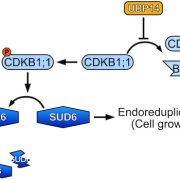
A module controlling endoreduplication and cell growth in Arabidopsis
The Plant Cell: In a NutshellJiang et al. discover a module controlling endoreduplication, a process in which DNA replication occurs in the absence of mitosis.
Background: Organ size is coordinately regulated by both cell number and cell size. Endoreduplication is often associated with cell size in plants and animals, but the…
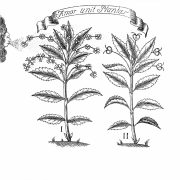
Special issue: Sex determination and sex chromosome evolution in land plants (Philosophical Transactions B)
Plant Science Research WeeklyAt some point, most biology students learn the term “dioecy” (two houses), which refers to the separation of male and female function into different individuals, a characteristic that is common in animals but less so in flowering plants. About 6% of angiosperms and 65% of gymnosperms are dioecious,…
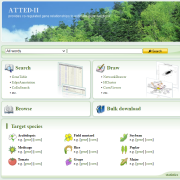
ATTED-II v11: A plant gene coexpression database using a sample balancing technique by subagging of principal components (Plant Cell Physiol)
Plant Science Research WeeklyGenes are generally expressed in concert with one another with data often represented by gene co-expression networks. Gene co-expression data may be useful in identifying genes with unknown functions and are generally utilized in exploring molecular processes occurring during normal development as well…
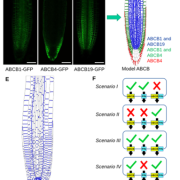
Systems approaches reveal that ABCB and PIN proteins mediate co-dependent auxin efflux (Plant Cell)
Plant Science Research WeeklyIn plant development, advanced computer model simulations allow the understanding of the non-intuitive relations between local morphogenetic processes and global patterning. In Arabidopsis thaliana, the hormone auxin is involved in several processes of plant development. Auxin transporters play an important…
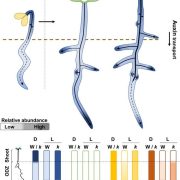
KAI2 regulates seedling development by mediating light-induced remodeling of auxin transport (New Phytol)
Plant Science Research WeeklySeed germination is can be described as having two phases depending on light availability, skoto- and photomorphogenesis. Skotomorphogenesis, which occurs while the seed is still buried, is characterized by the elongation of the coleoptile and the inhibition of the root system. When the seed reaches…
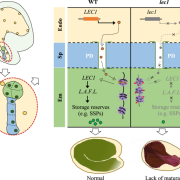
LEC1 acts as a molecular signal between the endosperm and embryo to initiate and regulate embryo maturation (Nature Comms)
Plant Science Research WeeklyIn most angiosperms, the seed is an outcome of a double fertilization process that initiates the development of the embryo and endosperm. The endosperm plays an essential role in nourishing the developing embryo by ensuring adequate maternal nutrient transfer. However, we are far from knowing the factors…
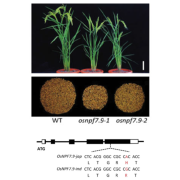
Nitrate transporter NPF7.9 is a regulator nitrogen use efficiency and stress-induced nitrate allocation to roots in rice (Plant Physiol)
Plant Science Research WeeklyIn addition to its role as a nutrient and a developmental signal, nitrate regulates stress responses in plants. By homology to nitrate transporters previously identified in Arabidopsis as contributing to stress induced-nitrate allocation to roots (SINAR) and nitrogen use efficiency (NUE), Guan et al.…
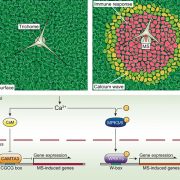
Always prepared: priming of the defense response by trichomes (Nature Comms)
Plant Science Research WeeklyRain contributes to plant disease. Rain can contain high concentrations of pathogens (like Pseudomonas, Xanthomonas, Alternaria, Fusarium sp., etc.), and high humidity associated with rain antagonizes stomatal closure, leaving open entry points for some pathogens. Matsumura and colleagues have demonstrated…
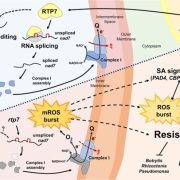
A mitochondrial RNA processing protein mediates plant immunity to a broad spectrum of pathogens by modulating the mitochondrial oxidative burst (Plant Cell)
Plant Science Research WeeklyPhytophthora are a group of oomycete pathogens that infect a wide range of plants and cause disease in many important crop species. Large scale mutant screens have previously been used to identify Arabidopsis thaliana mutants with enhanced resistance to P. parasitica. Here, Yang and colleagues investigate…

